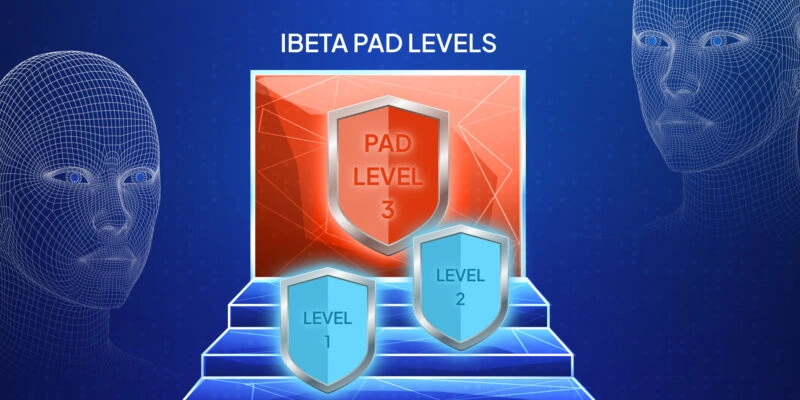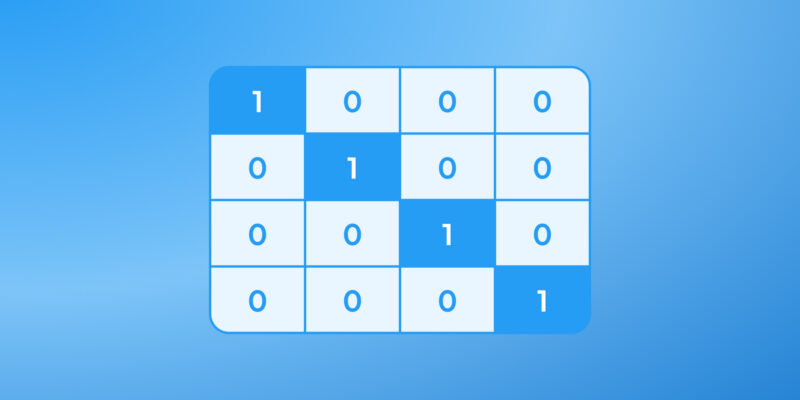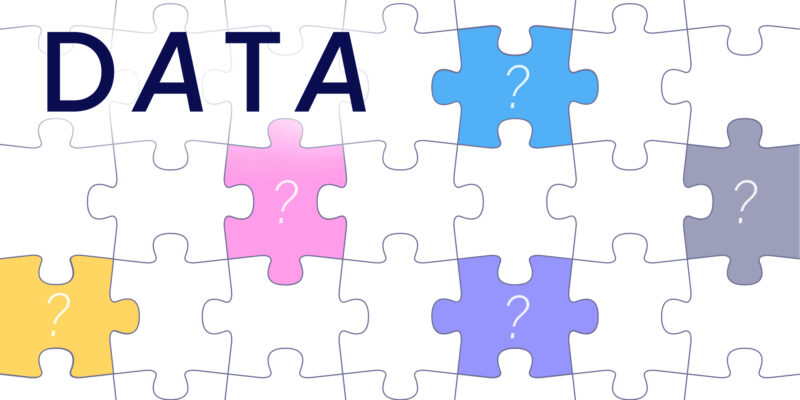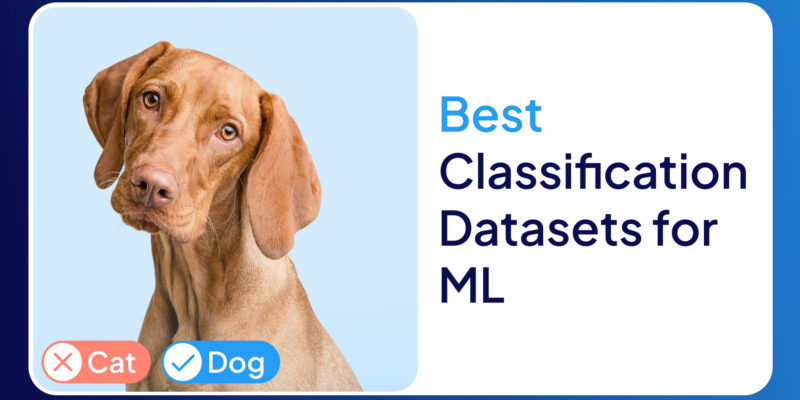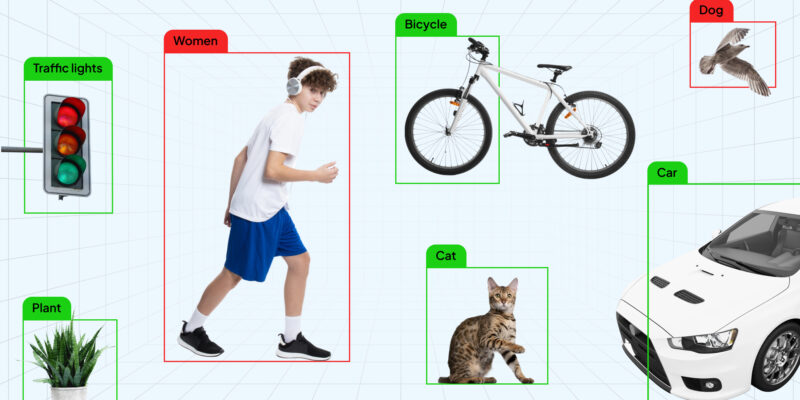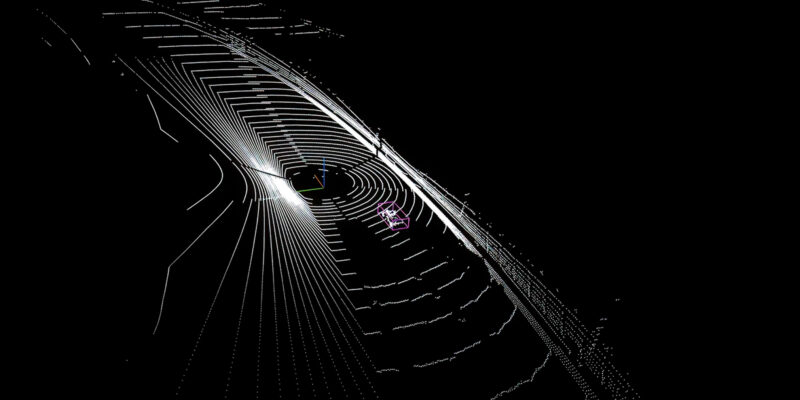Image segmentation is a pivotal process in computer vision that involves partitioning an image into distinct regions or segments. Each segment typically represents a meaningful entity, such as an object, a portion of an object, or a background area.
Think of it as slicing a cake—each slice is distinct yet part of the whole, allowing for better understanding and analysis of the components. This intricate process serves as the foundation for numerous advanced applications in the field.
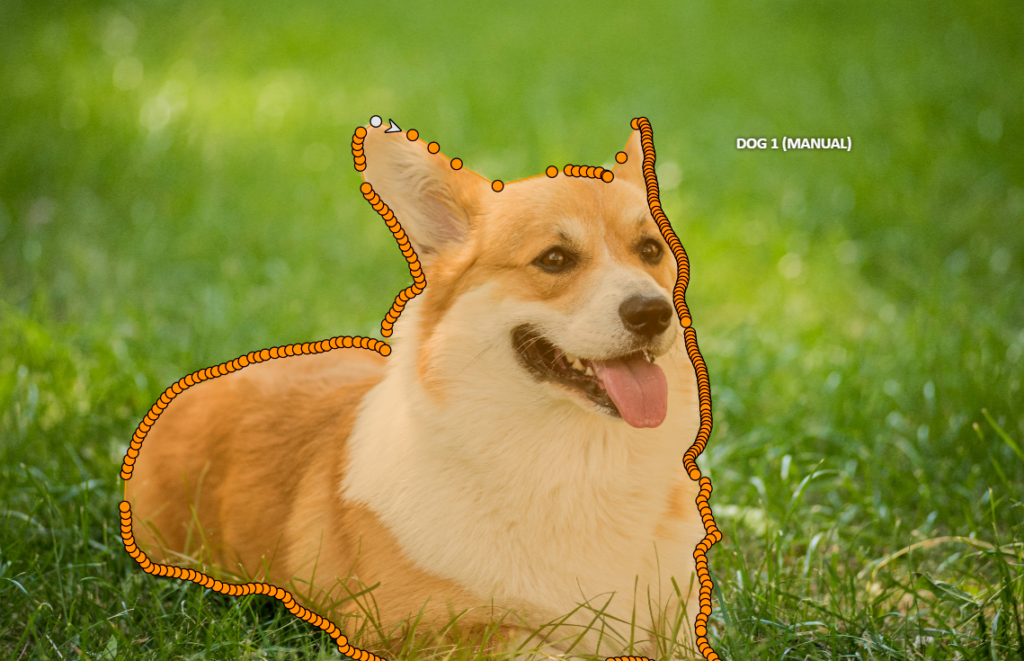
Segmentation allows machines to perceive and interpret images more granularly. This makes it possible to identify objects, measure their dimensions, or differentiate between overlapping entities within a single frame. Essentially, it’s the first step toward making machines "see" with the nuanced understanding humans naturally possess. By breaking down complex images into manageable segments, machines can extract valuable information with precision.
Why is Image Segmentation Important?
The importance of image segmentation lies in its ability to extract meaningful insights from visual data. In industries like healthcare, for example, it enables precise tumor detection in medical imaging, providing doctors with crucial diagnostic tools that can save lives. Similarly, in autonomous vehicles, segmentation helps cars recognize lanes, pedestrians, and obstacles, ensuring safer navigation in complex environments.
By breaking down images into digestible components, segmentation enhances the performance of downstream tasks, such as object tracking, feature extraction, and image editing. It’s the bridge between raw pixel data and actionable insights, making it a cornerstone in applications requiring detailed visual understanding. Whether enabling augmented reality experiences or aiding scientific discoveries, segmentation plays an indispensable role.
Image Segmentation vs. Object Detection vs. Image Classification
Though closely related, image segmentation, object detection, and image classification serve distinct purposes in computer vision, with each excelling in unique scenarios:
- Image Classification identifies the primary object or theme within an image (e.g., determining if an image contains a dog or a cat).
- Object Detection goes a step further by locating and drawing bounding boxes around objects of interest.
- Image Segmentation dives even deeper by labeling every pixel in the image, offering a more precise understanding.
Imagine you’re analyzing a fruit basket:
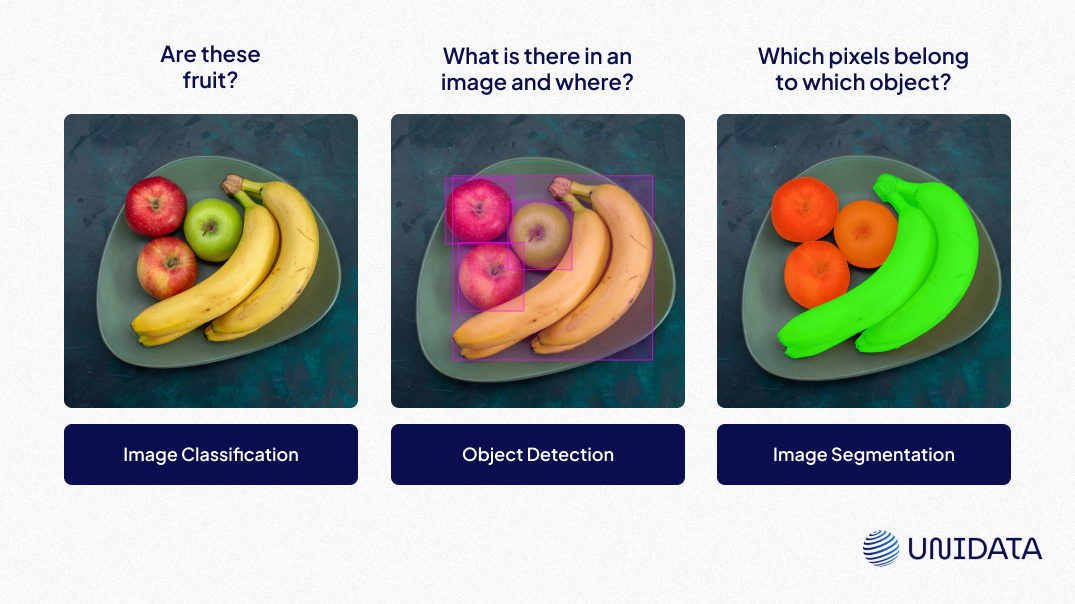
- Classification would tell you it’s a basket of fruit.
- Detection would outline the apples and bananas.
- Segmentation would differentiate every apple and banana—pixel by pixel, creating a rich map of the scene.
This progression illustrates how segmentation delivers unparalleled detail, making it indispensable for applications where precision is paramount.
How It Works: Kinds of Segmentation
Segmentation serves as the art of dividing an image into meaningful segments. Think of an image as a mosaic: each tile (or pixel) must belong to a specific part of the overall picture, whether it represents a distinct object or a background region. To better understand this, we can explore the different categories of segmentation and their unique roles:
Semantic Classes in Image Segmentation
- Things: Imagine crisp outlines like cars, people, or animals—these are distinct objects with clear boundaries. "Things" are like the stars of the show, each standing out with a definition.
- Stuff: Think of the sky, grass, or water—amorphous regions without defined edges. "Stuff" provides the stage or scenery, blending together without distinct separation.
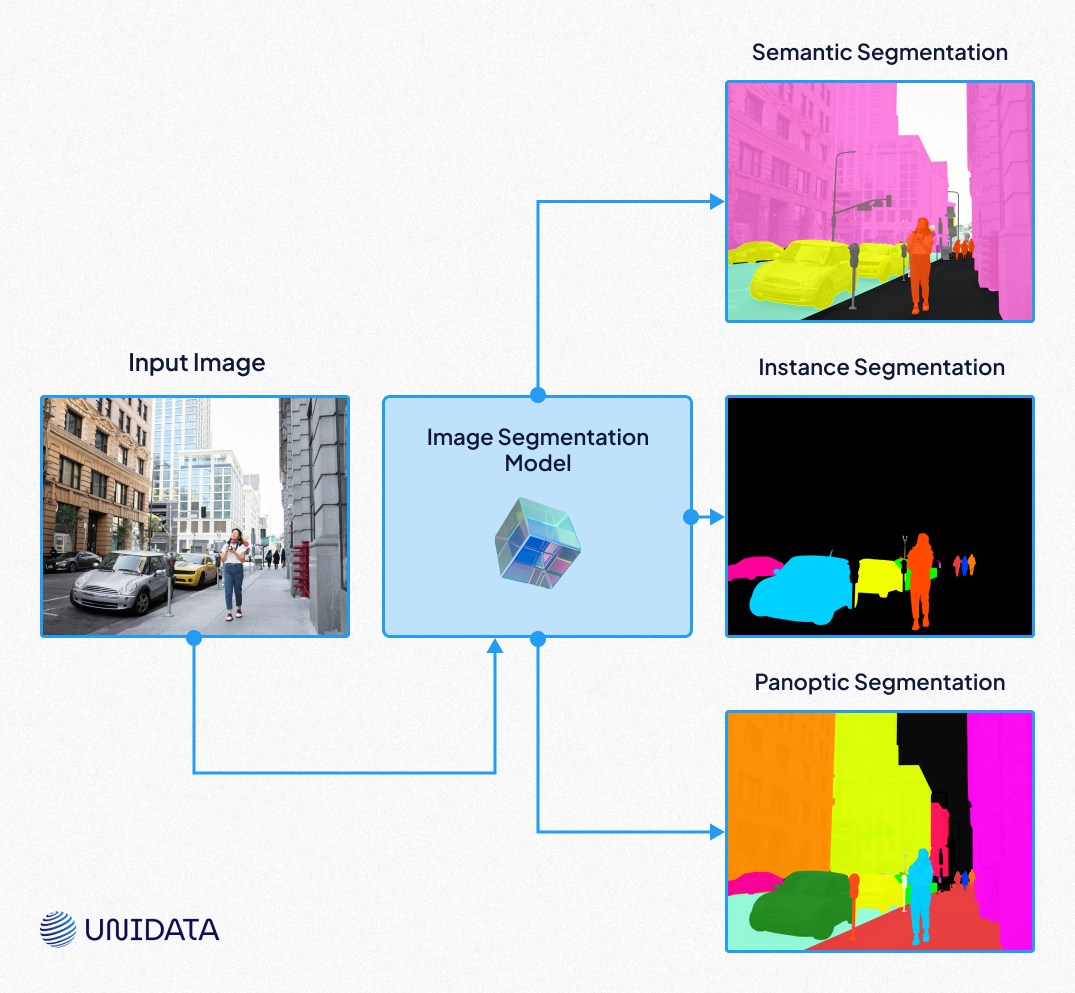
- Semantic Segmentation: This type treats all objects of the same type as one unified entity. For example, in a street scene, every car is marked as "car," and all roads are labeled as "road." It’s akin to saying, "All apples in this basket are apples," without distinguishing between individual pieces.
- Instance Segmentation: Here, each object is treated as unique, even if it belongs to the same category. In a street scene, instance segmentation not only identifies the pedestrians and cars, but also numbers them: Car 1, Car 2, Pedestrian 1, Pedestrian 2, and so on. It’s ideal for tasks where distinguishing between identical objects matters, such as tracking multiple pedestrians in a crowd.
- Panoptic Segmentation: This is the Swiss Army knife of segmentation, combining the strengths of semantic and instance segmentation. Panoptic segmentation doesn’t leave any pixel behind—it identifies individual objects while also labeling the "stuff" in the background. Imagine a cityscape where every car, tree, and building is identified, and the sky and roads are also clearly labeled. It provides a complete, harmonious view of the scene.
By understanding these distinctions, even a beginner can appreciate how segmentation methods adapt to different challenges, much like choosing the right tool for the job—whether it’s a microscope for fine details or a telescope for a broad view.
What is Instance Segmentation?
Learn more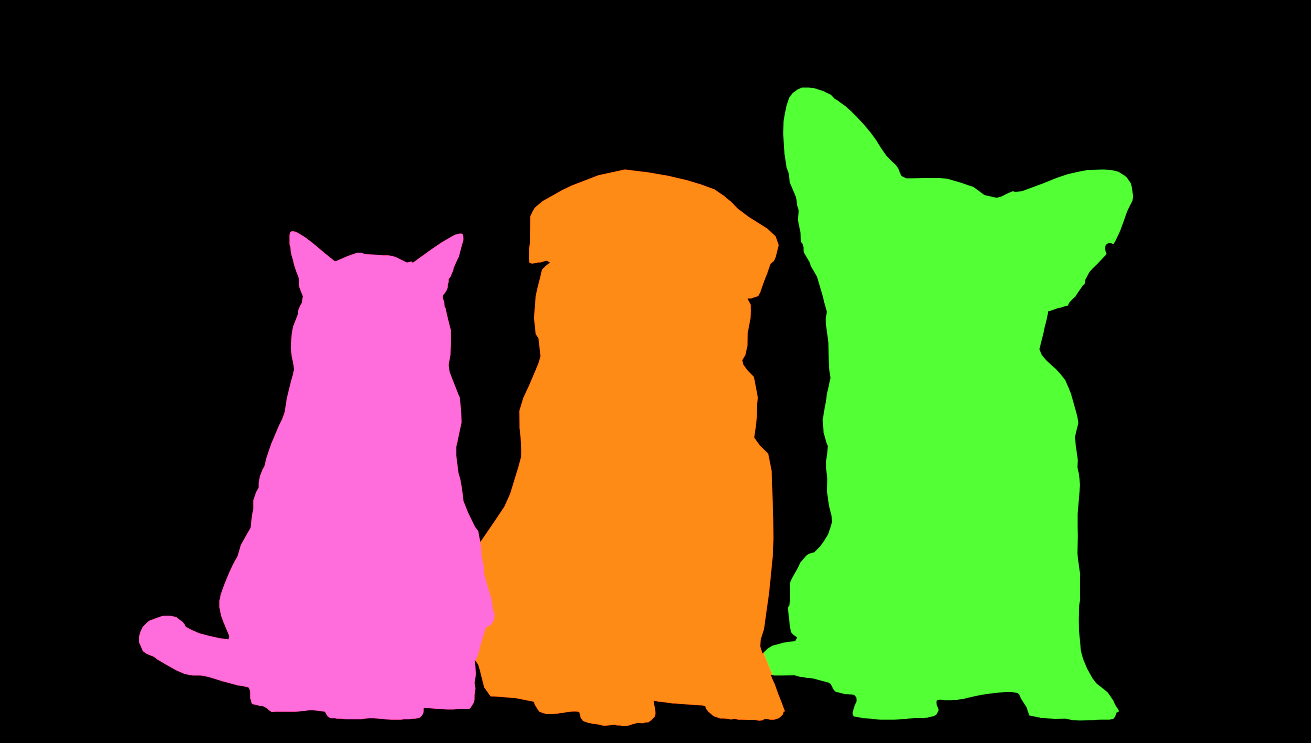
Image Segmentation Techniques
The journey to accurate segmentation involves various techniques, each suited for specific challenges and scenarios:
- Region-Based Segmentation: Divides an image into regions based on shared properties like color, texture, or intensity. This method excels in applications where uniformity within regions is key.
- Edge Detection Segmentation: Identifies object boundaries by detecting abrupt changes in pixel intensity, much like tracing the outline of a shadow. This approach is particularly useful for applications requiring precise boundary detection, such as medical imaging.
- Thresholding: Simplifies an image by setting pixel intensity thresholds, effectively converting it into a binary format. While rarely an end-to-end solution, it’s invaluable as a preprocessing step in workflows involving more sophisticated methods.
- Clustering: Groups pixels with similar characteristics using algorithms like k-means, turning raw data into meaningful patterns. Clustering is a versatile technique, often used in scenarios requiring unsupervised analysis.
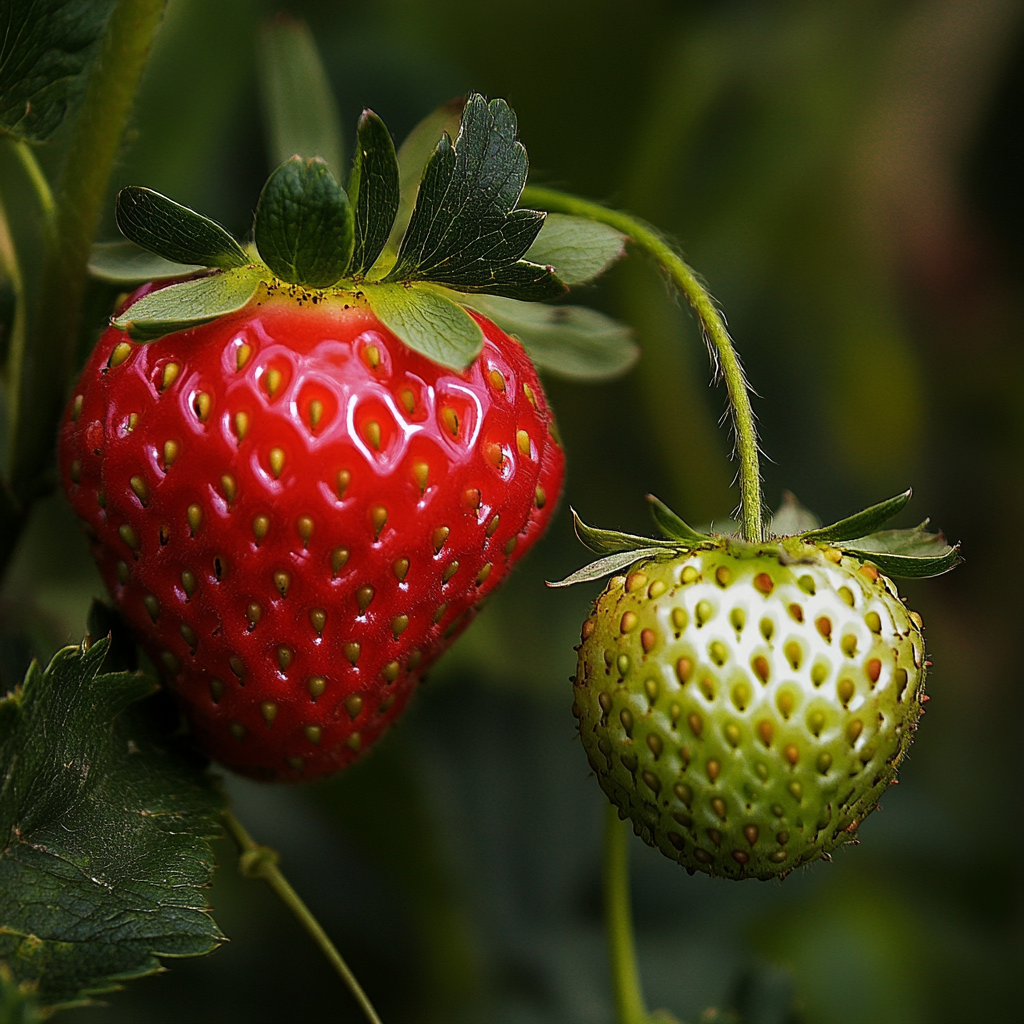
Image Annotation for Strawberry Ripeness Detection
- Agriculture
- 5,000 strawberry images
- 1 month
Deep Learning for Image Segmentation
Modern segmentation owes much to deep learning, particularly convolutional neural networks (CNNs). Architectures like U-Net, DeepLab, and Mask R-CNN have revolutionized the field by achieving unprecedented accuracy. These models can learn intricate patterns from large datasets, making them adept at handling complex tasks like medical imaging or real-time video analysis.
For example, in urban planning, deep learning models analyze satellite imagery to identify buildings, roads, and green spaces with remarkable precision. Similarly, in e-commerce, these models enable virtual try-ons by accurately segmenting clothing items from user-uploaded photos, enhancing customer experiences.
Evaluation and Public Datasets
Evaluating segmentation models involves metrics like Intersection over Union (IoU), which measures the overlap between predicted and ground-truth segments. High IoU scores indicate accurate segmentation, offering a reliable benchmark for model performance.
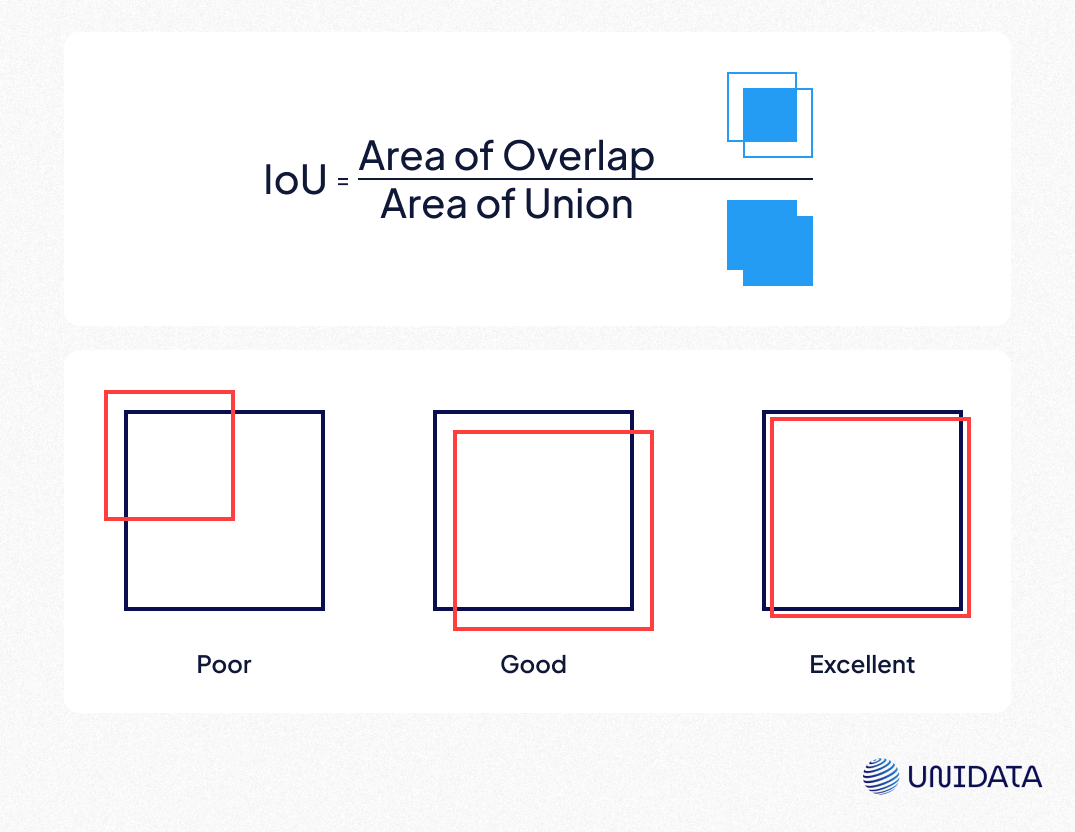
Public datasets play a crucial role in training and benchmarking models. Notable examples include:
| Dataset | Domain | Description |
|---|---|---|
| COCO | General | Large-scale dataset for object detection and segmentation |
| Pascal VOC | General | Focuses on object segmentation and recognition |
| Cityscapes | Autonomous Driving | Urban street scenes labeled pixel-by-pixel |
| Medical Decathlon | Healthcare | Multi-modal medical imaging dataset |
These datasets provide the diverse examples needed to build robust models, ensuring they generalize well across real-world scenarios.
Applications of Image Segmentation
Image segmentation finds applications across diverse industries, transforming how visual data is analyzed and utilized:
- Healthcare: Tumor detection, organ segmentation, and surgical planning. For instance, precise brain tumor segmentation aids in tailored treatment planning, improving patient outcomes.
- Autonomous Vehicles: Lane detection, obstacle recognition, and navigation. Accurate segmentation of road conditions ensures vehicles make informed, real-time decisions.
- Agriculture: Crop monitoring and disease detection. By segmenting images of fields, farmers can pinpoint affected areas and optimize resource use.
- Retail: Virtual try-ons and inventory management. Segmentation enables personalized shopping experiences, increasing customer satisfaction and sales.
- Entertainment: Special effects and augmented reality. By isolating objects from their backgrounds, segmentation enhances visual effects in movies and games.
Conclusion
Image segmentation is a transformative technology reshaping industries by enabling machines to interpret visual data with human-like granularity. From pixel-level precision to real-world applications, its impact is profound and far-reaching. As advancements in deep learning and datasets continue to accelerate, the potential of image segmentation is limited only by our imagination. Whether it’s revolutionizing healthcare, improving road safety, or enhancing entertainment, segmentation remains at the heart of innovation, driving progress across countless domains.
